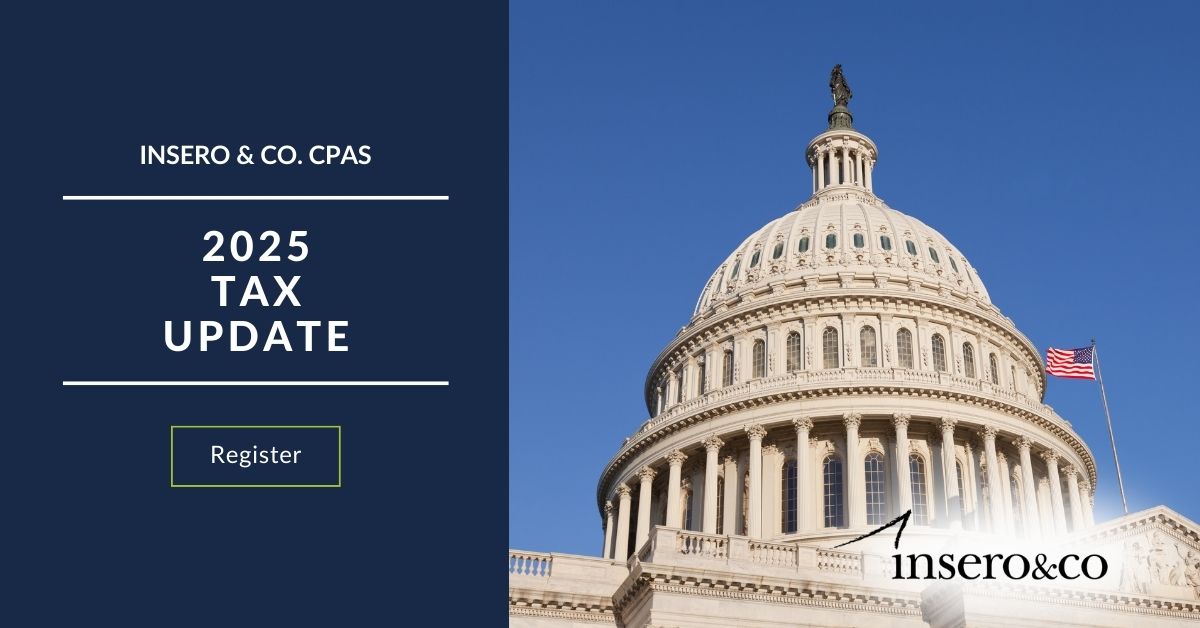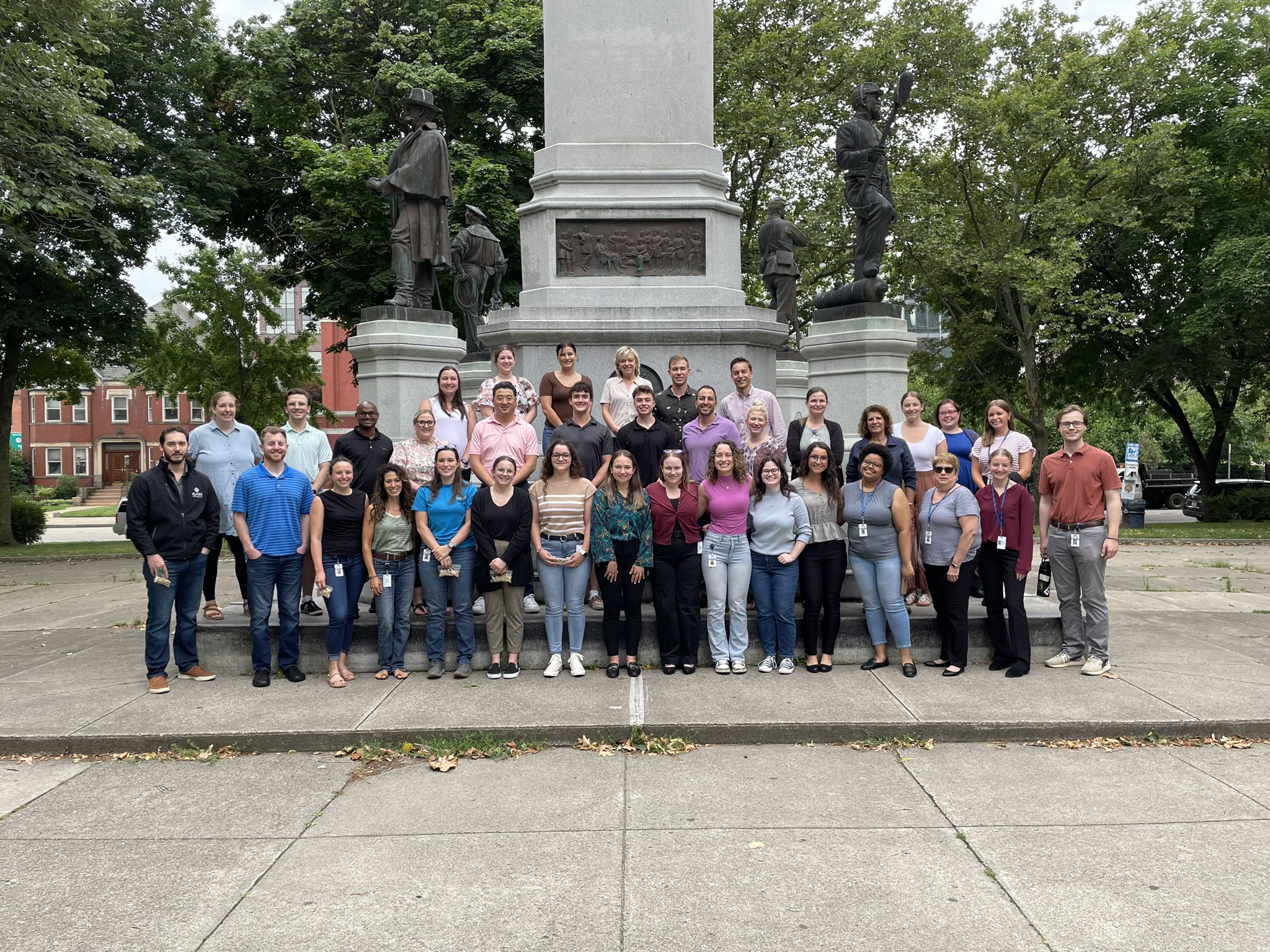ARTICLE | September 10, 2024
The SECURE 2.0 Act of 2022, part of the Consolidated Appropriations Act of 2023, has brought about pivotal changes related to student loans and retirement plans. Crucially, it has introduced a provision allowing employers to make matching contributions to retirement plans based on employee student loan payments. This article will cover recent IRS guidance and its implications for employers related to student loans and retirement plans.
Understanding the SECURE 2.0 Act
The SECURE 2.0 Act was designed to enhance retirement savings opportunities. A standout feature is the provision allowing employers to match contributions to retirement plans based on employees’ student loan repayments. This benefit is particularly advantageous for those employees who bear the burden of student debt while also trying to save for retirement.
Who is eligible?
The new provision applies to employers offering 401(k), 403(b), governmental 457(b), or SIMPLE IRA plans. From the plan years beginning after December 31, 2023, employers can match employees’ student loan payments as though they were contributions to the retirement plan. Employees prioritizing student loan payments over elective contributions to their retirement plans can still benefit from their employer’s matching contributions.
Key provisions and implementation
The IRS has issued interim guidance (Notice 2024-63) on how employers can implement these student loan matching contributions. Here are the key points:
1. Eligibility Rules: The guidance clarifies who qualifies for student loan matching contributions and the applicable dollar and timing limitations.
2. Employee Certification: Employees must certify that they’ve made qualifying student loan payments. This step is critical to ensure that matching contributions are allocated correctly.
3. Plan Procedures: The guidance encourages employers to adopt reasonable procedures for managing student loan matching contributions. These may include tracking and managing the matching contributions based on student loan repayments.
4. Nondiscrimination Testing: For 401(k) plans, the guidance provides special relief from nondiscrimination testing for plans that include student loan matching contributions.
What’s next when it comes to student loans and retirement plans
The IRS has stated that this interim guidance will apply to plan years beginning after December 31, 2024. Until then, plan sponsors can rely on this guidance until more detailed regulations are issued. Employers that are considering incorporating this provision should review the IRS Notice 2024-63 in its entirety. While the guidance offers flexibility, it also necessitates careful planning and communication to ensure employees understand and can utilize this new benefit.
The introduction of student loan matching contributions represents a significant stride toward helping employees balance debt repayment with retirement savings. By understanding and applying the IRS’s interim guidance, employers can offer a valuable benefit that bolsters their employees’ financial well-being and enhances their retirement readiness.
As we anticipate further regulations, employers should review their retirement plans, consider necessary adjustments, and prepare to communicate these changes to their workforce. This proactive approach will not only ensure compliance but also demonstrate a commitment to supporting employees in all aspects of their financial lives.
The interplay between student loans and retirement plans is a complex issue. However, with the right guidance and careful planning, employers can effectively navigate this landscape and provide valuable benefits to their employees.
Let’s Talk
Fill out the form below and we’ll get back to you to discuss your specific situation.




